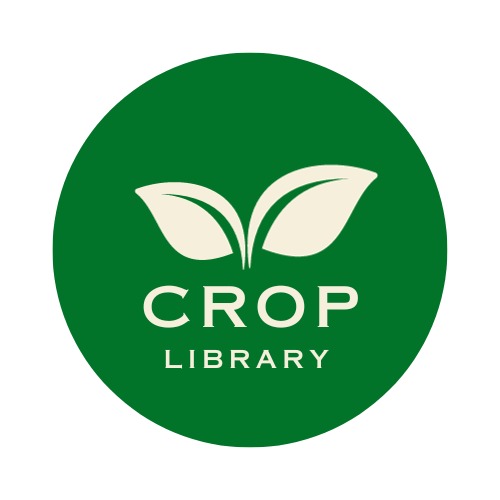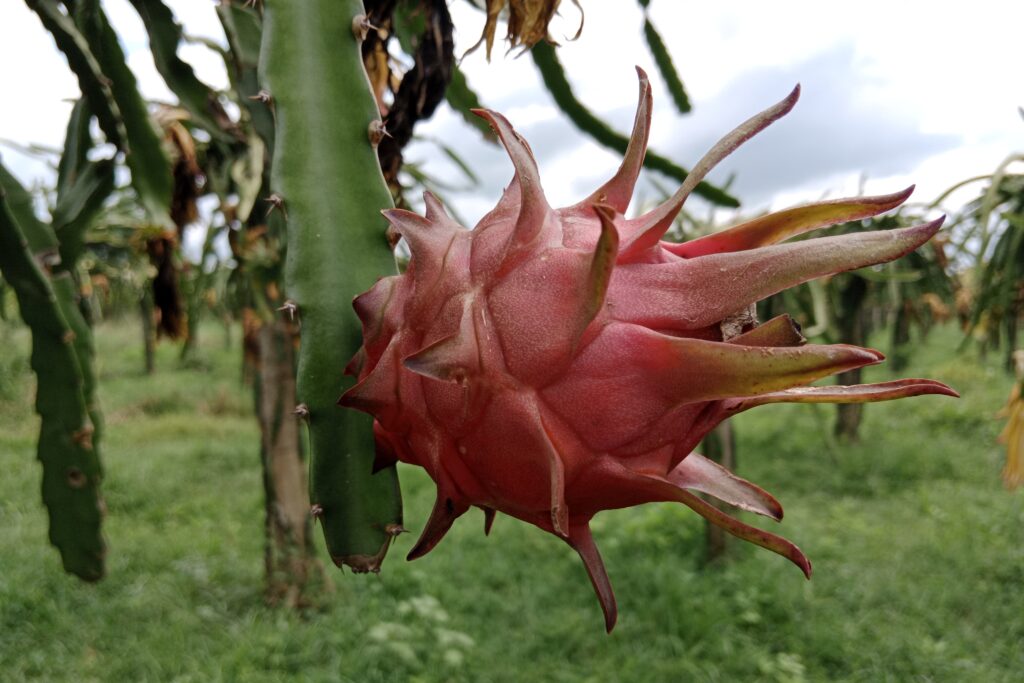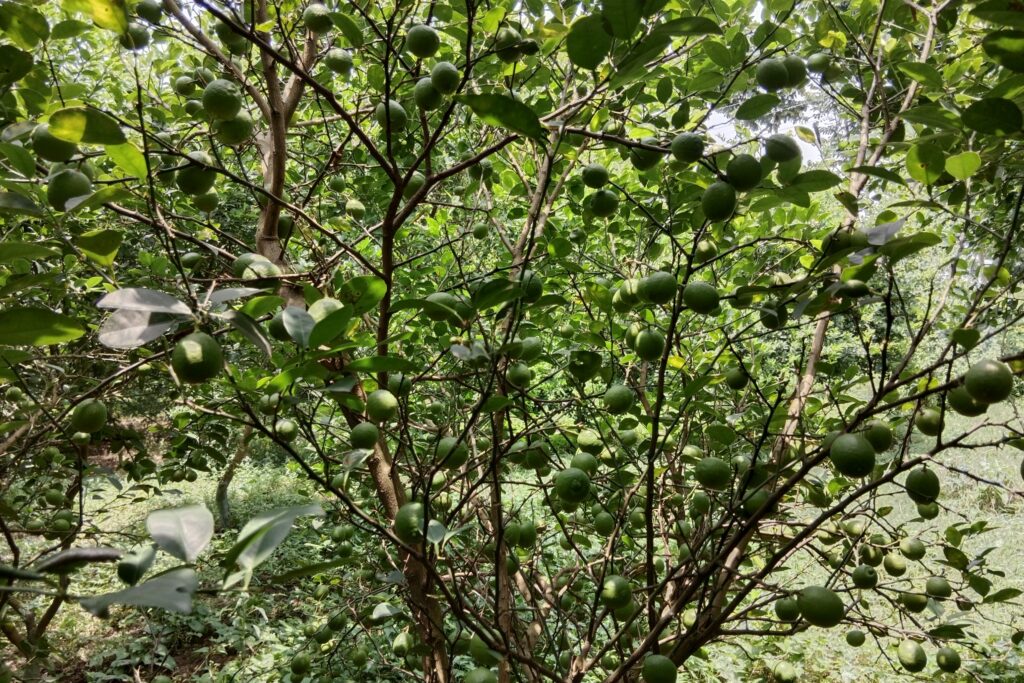Diptera: Flies and Midges
When we think of insects, our minds might drift to bees, butterflies, or beetles, but flies and midges, belonging to the order Diptera, are equally remarkable in their own right. These small yet extraordinary aviators represent one of the most diverse and ecologically vital groups in the insect kingdom. With over 134,000 described species spanning 120 families, Diptera exemplifies nature’s creativity and resilience, showcasing an incredible array of adaptations that allow them to thrive in virtually every environment on Earth.
Flies and midges are far more than mere annoyances; they are key players in maintaining ecological balance. Their life cycles and behaviors reveal fascinating intricacies, from their specialized wing structures and unique feeding strategies to their roles as pollinators, decomposers, predators, and even agricultural pests. Yet, their impact is not without challenges, as many species pose significant threats to crops, livestock, and human health.
In this article, we explore the identification and management of Diptera, uncovering their biological marvels and ecological roles. We will also examine the innovative strategies developed to manage these insects, balancing their benefits with mitigating their adverse effects on agriculture and the environment.
Characteristics of Diptera
The order Diptera, meaning “two wings” in Greek (di = two, ptera = wings), derives its name from a defining feature: a single functional pair of wings. Unlike most insects, whose flight is powered by two pairs of wings, Diptera’s second pair has evolved into halteres—small, club-shaped structures that act as gyroscopic stabilizers. These halteres enable exceptional flight precision and agility, making flies some of the most adept fliers in the animal kingdom.

Body Structure and Adaptations
1.Wing and Head Morphology
Diptera species range from small to medium-sized insects. Their heads are orthognathous (upright and forward-facing), featuring suctorial mouthparts designed for specialized feeding. Depending on the species, these mouthparts may be adapted for sponging liquid nutrients or piercing surfaces to feed on fluids like blood or plant sap.
2.Clinging to Surfaces
The legs of Diptera are equipped with specialized structures on the tarsi, such as arolia or pulvillae. These tiny adhesive pads allow flies to cling effortlessly to smooth, vertical, or even inverted surfaces feature famously demonstrated by houseflies walking on ceilings.
ALSO READ ABOUT: IDENTIFICATION & MANAGEMENT OF LEPIDOPTERA
Life Cycle of Diptera
The life cycle of Diptera, like other holometabolous insects, is a remarkable process of complete metamorphosis, encompassing four distinct stages: egg, larva, pupa, and adult. Each stage serves a unique purpose, marked by significant transformations in both form and function, enabling these insects to thrive across diverse environments and adapt to varied ecological niches.
1.Larvae: The Hidden Destroyers
The most significant and occasionally devastating stage of Diptera life cycles is the larval stage. These legless, maggot-like creatures may feed on a variety of foods and are voracious feeders. Extraintestinal digestion, a process in which digestive enzymes are released externally to break down organic material prior to ingestion and facilitate effective nutrient absorption, is exhibited by many animals.
Key examples include
i. Leaf and Fruit Miners: Species such as the European cranefly (Tipula paludosa) and leaf-mining flies (family Agromyzidae) are notorious for tunneling through plant tissues. Their feeding activities can cause significant economic losses, particularly in crops, grasslands, and ornamental plants.
ii. Predatory and Parasitic Larvae: Some Diptera species take on predatory or parasitic roles during this stage. For instance:
- Hoverflies (Syrphidae): Their larvae feed on aphids, making them valuable allies in pest control.
- Gall Midges (Cecidomyiidae): While some species harm plants by inducing gall formation, others serve as biological control agents by preying on crop pests.
Larvae play a dual role in ecosystems: while they contribute to nutrient recycling and biological control, they can also inflict severe damage on agricultural systems when populations become excessive.
2. Pupae
The pupal stage is a period of profound transformation where larvae metamorphoses into fully developed adults. This stage showcases a fascinating diversity in form and structure across Diptera species:
i. Obtect Pupae
Enclosed within a rigid, hardened shell, these pupae provide maximum protection, a common adaptation in species requiring safe development in exposed environments.
ii. Exarate Pupae
Characterized by free appendages, these pupae retain some mobility, often found in species with partially concealed pupation sites.
iii. Coarctate Pupae
These are encased within the hardened exoskeleton of the final larval stage, forming a protective structure known as the puparium. This type is prevalent in many fly species, including agricultural pests like fruit flies (Tephritidae).
During the pupal stage, the internal structures of the larva break down and reorganize to form the adult insect, a process known as histolysis and histogenesis. The adult fly, emerging from the pupa, is equipped with wings, reproductive organs, and specialized mouthparts, ready to fulfill its ecological role.
Suborders of Diptera: Nematocera and Brachycera
The vast order of Diptera, known for its remarkable diversity and ecological significance, is divided into two primary suborders: Nematocera and Brachycera. These suborders exhibit distinct morphological traits, life cycles, and ecological roles, highlighting the adaptability of these fascinating insects.

1.Nematocera: The Delicate Midges
Nematocera, often known as midges, are distinguished by their long, thread-like antennae and thin, delicate bodies. Usually found in damp settings, these insects are essential to ecosystems for anything from pollination to nitrogen cycling.
Important Features
- Appearance: They have long legs that give them a delicate, elegant appearance, and they are frequently thin and delicate.
- Antennae: These long, filiform structures, which are made up of several homogeneous segments, facilitate sensory perception.
- Larvae: Able to consume a range of organic materials due to their well-developed head capsule and biting mouthparts.
- Pupae: obtect (appendages fused to the body) and adecticous (absence of functional mandibles), maintaining restricted mobility for protection.
Important Families
- Bibionidae (March Flies and Lovebugs): Often found in spring, these flies are pollinators but can occasionally damage crops.
- Tipulidae (Crane Flies): Their larvae, known as leatherjackets, are significant pests in grasslands, causing economic losses in pastures and turf.
- Sciaridae (Fungus Gnats): Thrive in humid conditions, with larvae feeding on fungi, organic matter, and plant roots, often becoming pests in greenhouses and mushroom cultivation.
- Cecidomyiidae (Gall Midges): Includes species like the Brassica pod midge (Dasyneura brassicae), whose larvae infest pods of oilseed rape and other crops, leading to premature pod bursting and economic damage.
2. Brachycera: The Compact Flies
Brachycera, commonly referred to as flies, are more robust and compact than their Nematocera counterparts. Known for their advanced flight capabilities and diverse ecological roles, these flies range from destructive pests to beneficial predators and pollinators.
Key Characteristics
- Appearance: Robust, compact bodies with shorter legs compared to midges, giving them a sturdy appearance.
- Antennae: Reduced to a short, bristle-like structure called an arista, which is attached to the third antennal segment.
- Larvae: Typically headless maggots equipped with mouth hooks for tearing plants or organic tissues.
- Pupae: Often found in soil or plant tissues, enclosed in a hardened puparium formed from the larval skin for added protection.
Important Families
- Agromyzidae (Leaf-Mining Flies): Known for their species-specific feeding tunnels within plant leaves, affecting crops and ornamental plants.
- Tephritidae (Fruit Flies): Includes pests like the Cherry Fruit Fly (Rhagoletis cerasi), which lays eggs in ripening cherries, and the invasive Spotted Wing Drosophila (Drosophila suzukii), which attacks healthy fruits, causing widespread agricultural losses.
- Syrphidae (Hoverflies): Adults are excellent pollinators, while their larvae feed on aphids, making them vital for integrated pest management.
- Tachinidae (Parasitic Flies): Target a variety of pest insects, such as caterpillars and beetles, making them valuable allies in biological control.
Ecological and Agricultural Importance
Both suborders, Nematocera and Brachycera, play crucial roles in ecosystems and agriculture. While many species contribute positively by pollinating plants, recycling nutrients, and controlling pests, others can inflict significant damage to crops, fruits, and ornamental plants. Understanding the differences between these suborders is essential for implementing effective management strategies, whether to mitigate the damage caused by pests or to harness their benefits for sustainable agriculture.
The Impact of Diptera: Pests and Benefactors
The order Diptera, encompassing flies and midges, is a double-edged sword in its interactions with humans and ecosystems. While many species are notorious agricultural pests, causing significant economic losses, others provide invaluable ecological services that support biodiversity and agricultural sustainability.
1.Ecological Contributions
Despite their pest status, Diptera are vital players in ecosystem functioning. Their diverse roles range from pollination to nutrient cycling and population control.
i. Pollination
Species such as hoverflies (Syrphidae) are key pollinators, rivaling bees in their importance. Their visits to flowers aid in the fertilization of many crops and wild plants. Hoverflies are particularly significant in cooler climates or during times when bee populations are low.
ii. Decomposition
Fungus gnats (Sciaridae) are among the many Dipteran species that are essential to the decomposition of organic materials. They support soil health and nitrogen cycling by feeding on fungus and decomposing plant matter. Plant development is supported by the breakdown process, which makes it easier for nutrients to return to the ecosystem.
iii. Biological Control
Parasitic flies, such as tachinids (Tachinidae), serve as natural regulators of pest populations. These flies lay their eggs on or within host insects, such as caterpillars and beetles, eventually killing them. This behavior makes tachinids valuable allies in integrated pest management strategies, reducing reliance on chemical pesticides.
2. Agricultural Pests
On the flip side, numerous Dipteran species are significant agricultural pests, causing billions of dollars in damage worldwide. Their larval feeding habits can devastate crops, fruits, and other plants.
i. Cabbage Root Fly (Delia radicum)
This pest targets brassica crops such as cabbage, broccoli, and cauliflower. The larvae feed on the roots, stunting plant growth and sometimes killing young plants entirely.
ii. Spotted Wing Drosophila (Drosophila suzukii)
Unlike most fruit flies, which infest on overripe or decaying fruits, this invasive species attacks healthy, ripening fruits. It causes extensive damage to berries, cherries, and other soft fruits, leading to significant economic losses for growers.
iii. Leaf-Mining Flies (Agromyzidae)
The larvae of these flies create distinctive tunnels in plant leaves, reducing photosynthetic efficiency and sometimes causing secondary infections.
Balancing the Scales
The dual roles of Diptera as both pests and benefactors highlight the complexity of their impact on agriculture and ecosystems. While their pest status often overshadows their ecological benefits, efforts to conserve beneficial species, such as hoverflies and tachinids, can provide sustainable solutions to pest management challenges. A deeper understanding of Diptera’s ecological roles and targeted management strategies can help mitigate their negative impacts while leveraging their contributions to biodiversity and agriculture.
Controlling Diptera: Challenges and Solutions
Managing Diptera populations presents a multifaceted challenge, owing to their incredible adaptability, concealed larval habitats, and rapid reproductive cycles. These characteristics not only make Diptera a resilient adversary but also necessitate a nuanced approach to their control. Effective management balances the need for reducing pest populations by minimizing environmental impacts and preserving beneficial insect species.
Challenges in Managing Diptera
i. Hidden Larval Habitats
Many Dipteran species have larvae that develop in inaccessible locations, such as within plant tissues, in the soil, or beneath decomposing organic matter. These concealed environments make it difficult to detect and target the pests directly, limiting the efficacy of traditional control methods.
ii. Rapid Reproductive Cycles
Diptera reproduces prolifically, with some species completing their life cycle in just a few weeks. This rapid turnover allows populations to rebound quickly after control measures are applied, requiring continuous monitoring and intervention.
iii. Resistance to Insecticides
Many Dipteran species have developed resistance as a result of an over-reliance on chemical pesticides. This causes issues for human health and the environment in addition to decreasing the efficacy of these goods.
iv. Non-Target Effects
Broad-spectrum control methods can inadvertently harm beneficial insects, such as pollinators and natural predators, disrupting ecological balance and potentially exacerbating pest issues.
Innovative Solutions for Diptera Control
i. Insecticides
While chemical insecticides remain a cornerstone of Diptera management, their use is increasingly guided by integrated pest management (IPM) principles. Modern strategies emphasize:
- Targeted Applications: Applying insecticides precisely where and when they are most effective to reduce non-target impacts.
- Rotating Active Ingredients: Using different classes of insecticides to delay resistance development.
- Reduced-Risk Formulations: Employing products with lower toxicity to humans and the environment.
ii. Biological Control
Harnessing natural enemies offers a sustainable alternative to chemical methods.
- Parasitoids: Certain wasps target Diptera eggs and larvae, reducing their populations. For instance, parasitoids are commercially deployed in greenhouses to control leaf-mining flies.
- Entomopathogenic Nematodes: These microscopic organisms infect and kill Dipteran larvae in soil habitats, proving particularly effective against fungus gnats and cabbage root flies.
iii. Biotechnical Strategies
Eco-friendly and innovative, biotechnical approaches exploit Diptera’s behaviors and preferences.
- Colored Traps: Many Diptera are attracted to specific colors, such as yellow and blue. These traps can lure and capture adults, reducing populations without chemicals.
- Reflective Films: Used in agricultural settings, reflective mulches deter flies by disorienting them with reflected light, thereby protecting crops.
iv. Cultural Practices
Modifying agricultural practices can also help in reducing Diptera infestations:
- Sanitation: Removing decaying organic matter and crop residues eliminates breeding grounds for many species.
- Crop Rotation: Alternating crops disrupt the life cycles of pest species reliant on specific hosts.
Towards Sustainable Diptera Management
An integrated strategy that blends conventional and novel techniques is needed to combat Diptera. It is feasible to efficiently control these pests while reducing environmental harm by emphasizing sustainable techniques and utilizing ecological understanding. Addressing the issues raised by Diptera and ensuring resilient agricultural systems in the future would require ongoing research and cooperation between scientists, farmers, and legislators.
Conclusion
The order Diptera is a fascinating and multifaceted group of insects. From their remarkable flight adaptations to their diverse ecological roles, flies and midges are a testament to the complexity of nature. While they can be pests, they are also invaluable contributors to ecosystems and agriculture. By understanding their biology and behavior, we can develop more sustainable ways to coexist with these tiny but mighty creatures.


